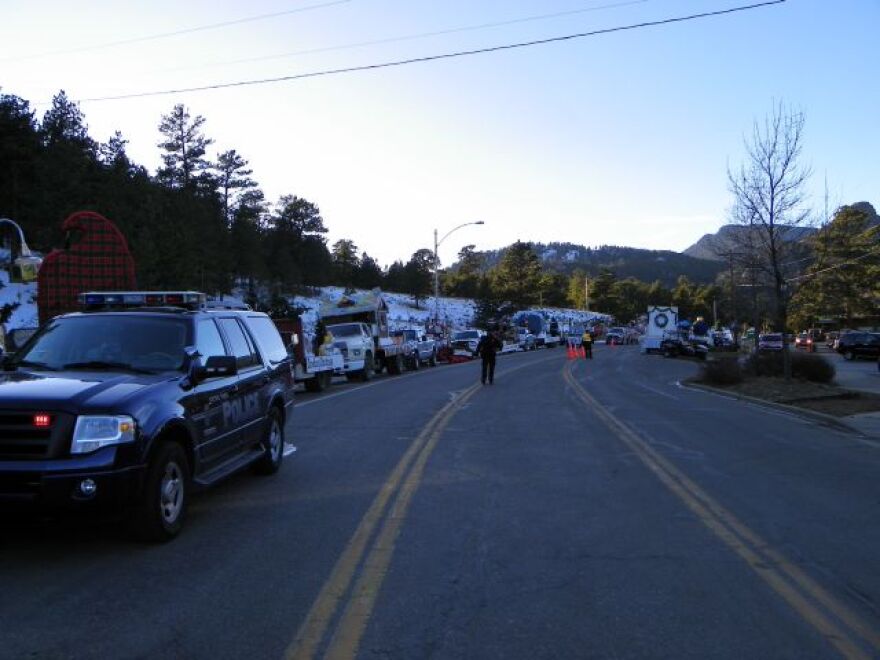Friends of ours who ranched along the Saline River found elk sheds buried in a bank when they were working cattle years ago. My first response was, “Impossible! We don’t have free-roaming elk in western Kansas.” After examining their treasures, it was clear the creature that lost these antlers inhabited this country over a century earlier. The ungulate that’d sported this rack had grazed native grasses and forbs before white men began tilling rich bottomland and running herds of cattle where buffalo once roamed.
Seeing those was the first time I realized that elk once populated the Great Plains. I’d always considered them mountain dwellers. That’s certainly the only place I’d seen them in the wild. Shortly afterwards, I read Stephen Ambrose’s Undaunted Courage and Lewis and Clark’s journals. Sure enough, those famed explorers found wapiti on the prairie.
If I’d lived where I live now 150 years ago, I could’ve sat outside each autumn morning and evening to listen to bulls bugling across the prairie. Thinking about this gives me goose bumps. Since I missed my opportunity to enjoy rutting elk in Kansas by 120 years or so, I ventured to Rocky Mountain National Park this September to hear and see what my husband has enjoyed while bow hunting each autumn.
Because I’d never joined my hunter on his adventures, my knowledge came second hand from his tales or from watching the Outdoor Channel. As a result, I had pre-conceived notions. None involved traffic jams or hordes of humanity.
Once we escaped Estes Park to drive through Rocky Mountain National Park, I scanned the horizon, hoping to see a massive bull or cows silhouetted against golden aspen. We spotted bighorn sheep, moose, chipmunks, and humans--lots of humans--but no elk. We drove into ranching country outside the park expecting we’d spot one, but no luck. My driver told me the time of day wasn’t right to spy our quarry, but I hoped.
On our return trip, we struck pay dirt. A small bull with a small harem grazed on a hillside. Not only did we spot these sought after creatures, so did twenty other drivers. Motorists parked haphazardly on the narrow road so they could photograph these elusive beasts. I rolled down my window to hear that distinctive rutting call, but the only sound disturbing my day was that of doors slamming and people talking.
A friend had told us to try Bear Lake Road at dusk. It was great advice because soon after we turned south, we spied an impressive male with his ladies trailed by a couple of satellite bulls grazing among pines. The leader bugled as we drove past. I shared this thrill with a score of fellow gawkers.
We drove mountainous curves to the Cub and Fern Lake turnoff. Several trophy bulls occupied a grassy park bordering the river. For the next two hours, I reveled as one after another bugled increasingly more loudly. Cows joined the fray with softer woofs and snuffles. Despite my spouse’s warning not to expect much, we enjoyed an elk symphony. We even saw two smaller males knock heads and lock antlers while another wallowed in mud. Did I mention we shared this thrill with at least two hundred—maybe more—other folks?
Unfortunately, this was just the number of sightseers at our location. Apparently, many more traveled to Bear Lake. As dusk fell, everyone decided to go home simultaneously. The resulting bumper-to-bumper traffic created the illusion of miles of stringing diamond and ruby necklaces.
There were so many elk watchers on the mountain that it took two hours to travel six miles back to our cabin. The good news is that we heard ongoing bugling throughout the entire return trip. Our second bonus was that wapiti gawkers are polite motorists. Every time I thought we’d be stuck for hours trying to merge into traffic, drivers allowed vehicles to slip into the main flow of Toyotas, Fords, and Chevys heading into Estes.





